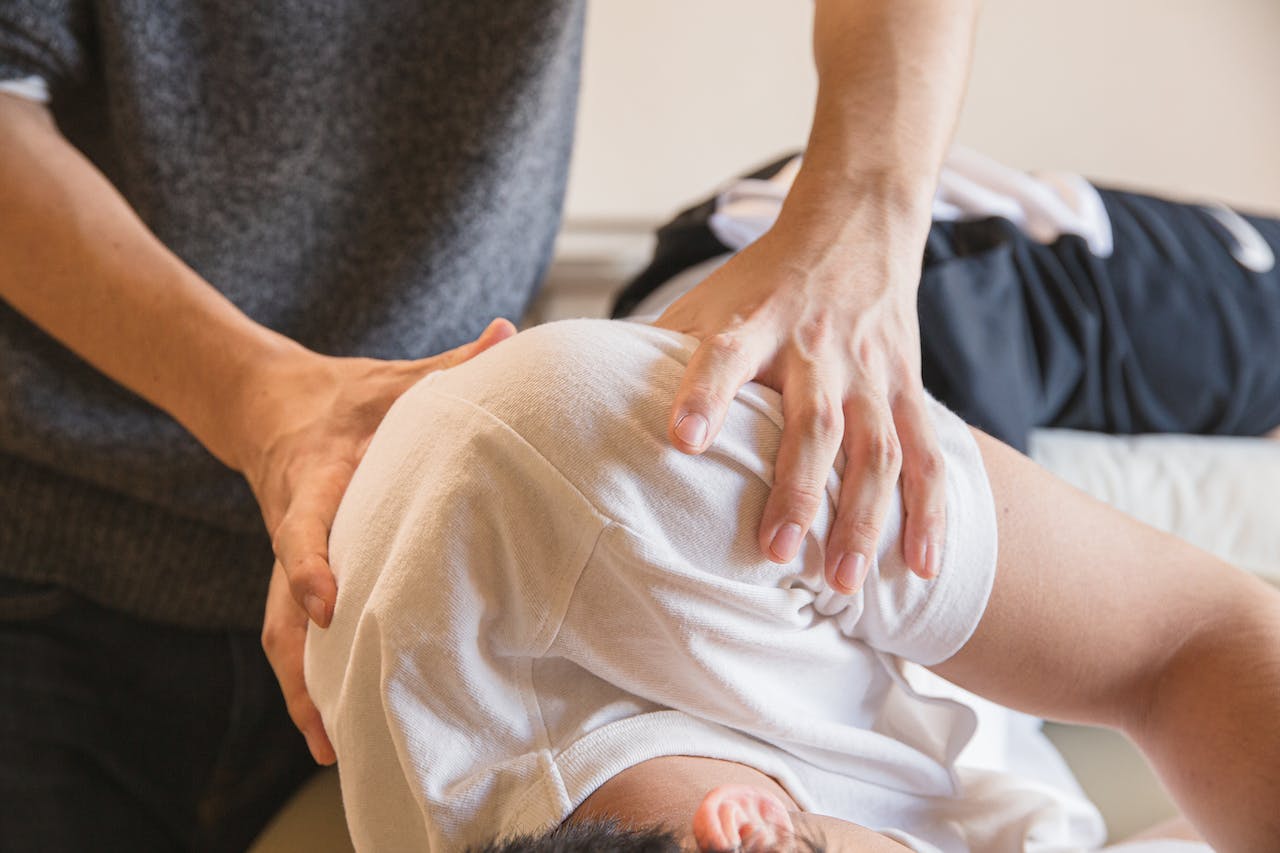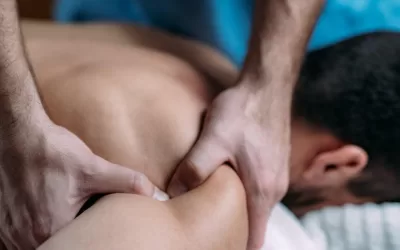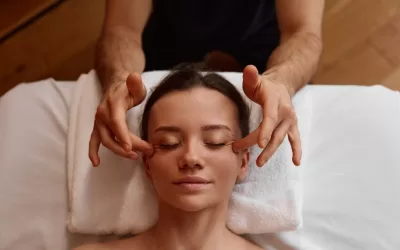Chances are you’ve heard that your foot has 3 arches – Medial, Lateral, and Transverse.
Chances are that no one told you how significant the lateral arch is.
Well, in terms of foot pain there are many different types such as:
- Plantar Fasciitis
- Tarsal Tunnel Syndrome
- Metatarsalgia
- Morton’s Neuroma
- Tendonitis (Achilles, peroneal, and posterior tibial)
- Corns and Calluses
- Bunions
- Hammertoes
We won’t go into the technicalities of these here, but the point is that addressing the lateral arch can be helpful. Watch the video.
At MedicinEvolution we’re not symptom based, and so I’m using the list of foot issues above as a guide for those whose pain may have been diagnosed or classified. The problem with classifications is that we assume cures and fixes come with them and for me that’s not empowering. I want my clients, friends, and people who seek me out to gain insight, inspiration, and have something to implement. Diagnoses don’t do that very well, I guess that’s why people see me more as a coach than a therapist.
Education and Empowerment Should Always be Your Take Aways.
Disclaimer: pain is muti-factorial, meaning structural imbalances are not the only cause or correlation to pain, but to keep things simple here we’ll stick to structure because it often is significant.
Back to the lateral arch. The significant thing is that structurally the two other arches rest on top of the lateral arch. As a result, if the integrity of the lateral arch is compromised in any way pain may result.
How does disfunction occur in the lateral arch?
I see it most often with externally rotated legs. When the leg and toes are rotated outward the lateral arch literally shortens. With shortening, structures are fixated, lose a healthy full range of motion, and various functions may become compromised.
Another way the lateral arch can become jeopardized is with foot supination, in other words, using the lateral arch as the dominant part of the foot in walking. With supination the lateral arch starts to roll under the foot.
It’s not uncommon that a lateral arch will both shorten and roll under.
Either way, you can be proactive in changing this pattern because after all, it is a pattern that has simply perpetuated itself over time and use. Here are a few things you can do to change these patterns and restore foot health.
- Walk with toes straight forward, heels straight back. This might feel really awkward for the first few days or weeks, especially if you’re experiencing pain due to a lateral arch issue, because it’s most likely an old deep pattern that isn’t limited to your foot but may go up your leg even affecting hips and low back.
- While standing, look down at your toes. Compare one foot’s toes to the other. Are they the same? What’s different? If your toes on the painful side are pointing outward then gently, but actively, direct your toes towards your midline or even your opposite side foot. Now take a walk. Did that change the sensation?
- Look at the soles of your shoes for how you wear them down. If the heels and/or lateral edges are worn down try walking more with your big toes.
- A single foot has 26 bones, 33 joints, 107 ligaments, and 19 muscles and tendons. In one word that means, your feet are made to move. When the lateral arch is compromised something isn’t moving. Find the lack of motion. Is there a lack of springiness in the arches? A limited movement in any part of the gait cycle? An overuse of the lateral heel? Find what isn’t moving, and wake it up, get it to move by using it in a different way than you have before. This is really about heightening your awareness and breaking habits and patterns.
The Often Overlooked Role of Footwear in Lateral Arch Health
Did you know that your choice of footwear can either support or sabotage your lateral arch health? Shoes that lack proper arch support or have overly rigid soles can force your feet into unnatural positions, exacerbating structural imbalances. Opt for shoes with flexible yet supportive soles and a wide toe box to encourage natural foot movement. Minimalist footwear, when used gradually, can also help strengthen your arches by mimicking barefoot walking.
The Connection Between Core Stability and Foot Health
Your feet don’t work in isolation—they’re part of a connected system. Weak core muscles, particularly in your hips and lower abdomen, can lead to compensatory patterns in your feet, including lateral arch dysfunction. Think of your core as the foundation for your entire body; when it’s off balance, everything downstream, including your feet, has to pick up the slack. Exercises like planks, side bridges, and single-leg balances can strengthen your core and improve your overall alignment.
The Impact of Ground Surfaces on Foot Function
Ever considered how the surfaces you walk on affect your feet? Flat, hard surfaces like concrete can inhibit the natural adaptability of your arches, leading to stiffness and dysfunction over time. Incorporate walking on varied terrains, such as grass, sand, or uneven trails, to stimulate the small stabilizing muscles in your feet. This kind of movement helps your arches regain their springiness and promotes better overall foot health.
I hope that was helpful!
<script type="application/ld+json">{
"@context": "http://schema.org",
"@type": "VideoObject",
"name": "The most important part of your foot that no one's talking about.",
"description": "The most important part of your foot that no one's talking about. About MedicinEvolution “The true challenge of medicine in our age is to find the level of the disturbance and to treat the issue there. To increase the body’s structure, function, and adaptability is true health. The most powerful tool in this regard is to use gravity as the organizing principle that guides and informs the body in all of its processes.” – Chris Corrales Our Purpose MedicinEvolution’s purpose is to reduce pain and other symptoms that you haven’t had luck with. MedicinEvolution is the solution for many problems plaguing your body. Our Mission To provide you with the highest level of manual medicine in the San Francisco Bay Area. Our Vision We believe that your body is a metaphor and guide that speaks to you in a language that is constantly telling of your relationship with it, and to the people and world around you. This deeper understanding provides you a powerful mechanism for inner healing and creating more wholesome relationships with others. About Chris Corrales At 21 years old, after growing up with asthma and experiencing little to no help from conventional medicine, and sustaining a number of injuries from training and competing internationally in Brazilian jiu-jitsu, I was introduced to Structural Integration. After only a few sessions, a shoulder injury, remnants of a sprained ankle, chronic low back pain, neck pain, and surprisingly my asthma were all transformed. The results of Structural Integration were dramatically different from other types of bodywork I had experienced, and this time the changes were tangible and lasting. This life altering experience became my focus and passion. In 1996, I completed the Pacific College of Oriental Medicine’s massage certification in San Diego, CA and also became a certified EMT. In 1998 I graduated from the world renown Guild for Structural Integration in Boulder, CO. At the Guild, my studies were highlighted with specialty workshops in energy medicine, the emotional body, and the dramatic effects of subtle spinal interventions. I’ve studied with a number of Dr. Rolf’s original students to hone my skills of touch assessment, intervention, and integration. Jim Price privately mentored me through an entire 10-series which solidified my understanding and feel for the work. I went on to study homeopathy to deepen my knowledge of disease processes and healing. Continuing education has been important to me from the very beginning my most recent studies were with Ron Murray D.O. Schedule a FREE 15-minute consultation here: http://medicinevolution.com/",
"thumbnailUrl": "https://i.ytimg.com/vi/giWDiBVbTYQ/default.jpg",
"uploadDate": "2018-05-10T19:52:42Z",
"duration": "PT51S",
"embedUrl": "https://www.youtube.com/embed/giWDiBVbTYQ",
"interactionCount": "27"
}</script>





